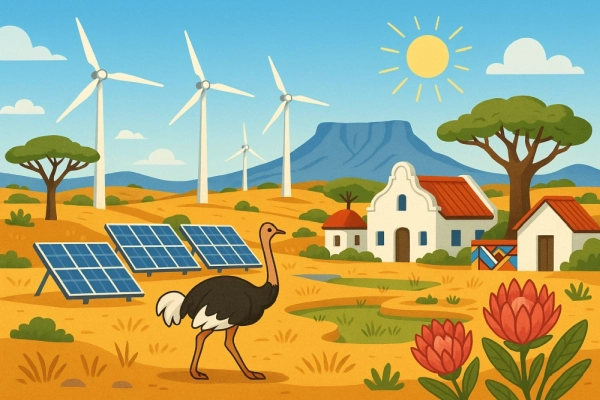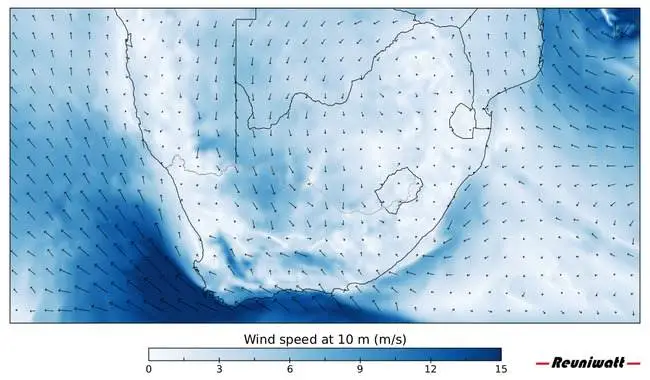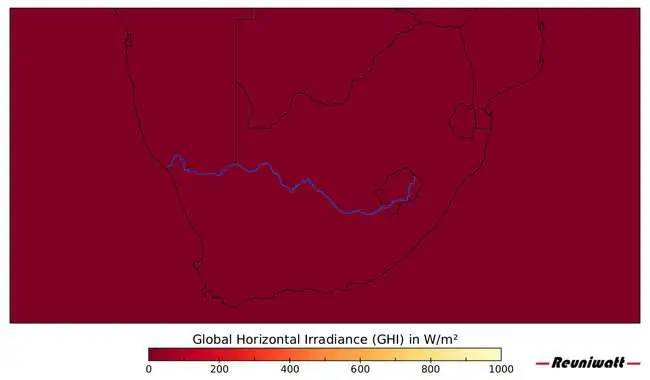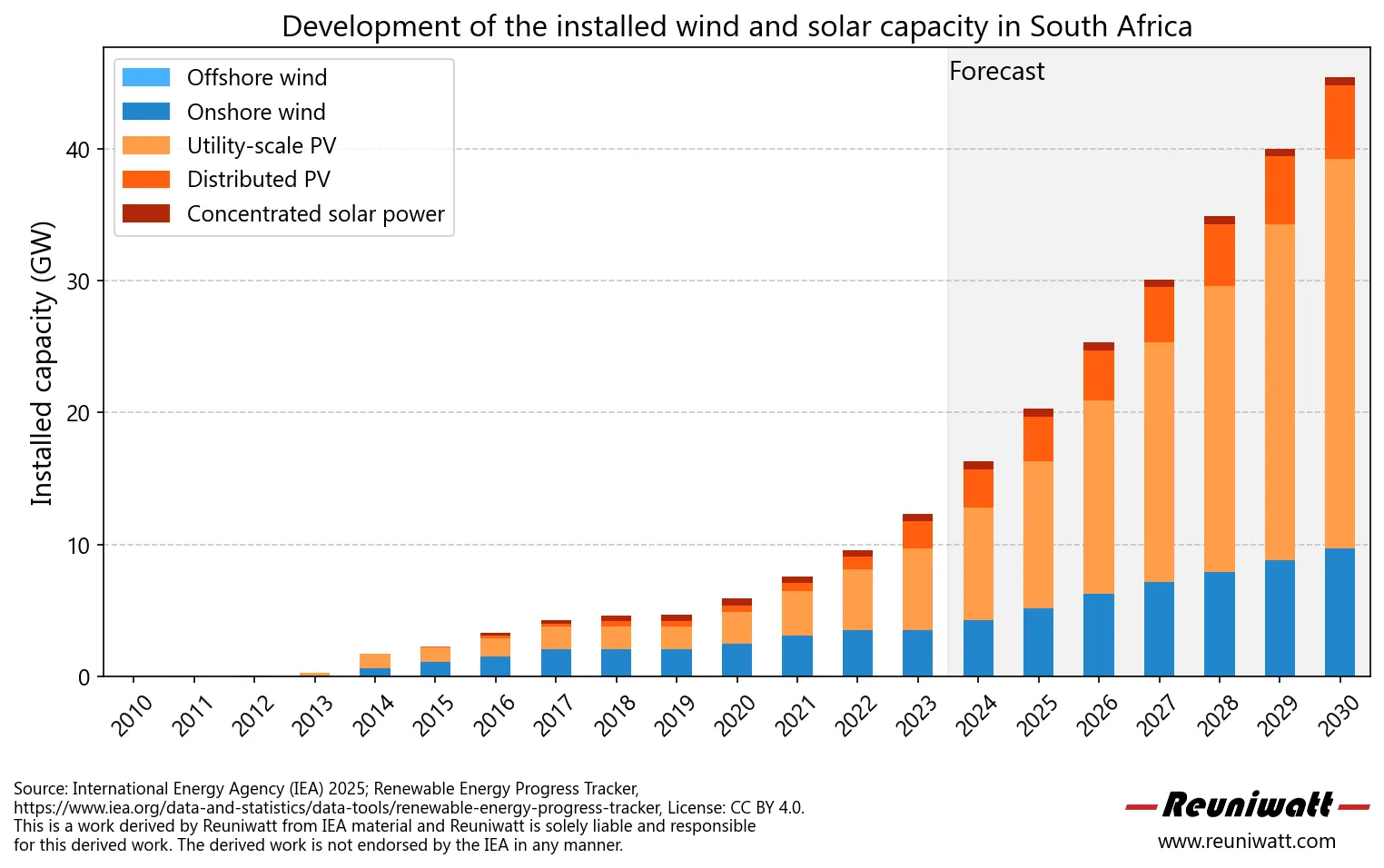South Africa’s renewable energy sector has undergone significant transformation over the past decade, driven by a combination of policy initiatives, economic considerations, and environmental imperatives. Historically reliant on coal, which accounts for approximately 85% of its electricity generation, the country has recognized the need to diversify its energy mix. This shift is evident in the government’s Integrated Resource Plan (IRP), which outlines a strategic roadmap for energy production, emphasizing the incorporation of renewable sources such as wind, solar, and hydropower. The Renewable Energy Independent Power Producer Procurement Programme (REIPPPP) has been instrumental in this transition, attracting both local and international investments to bolster the renewable sector.
Renewables market in South Africa
Despite these advancements, the renewable energy market’s growth has been tempered by infrastructural and financial challenges. The national utility, Eskom, faces significant debt burdens, complicating efforts to upgrade and expand the grid to accommodate new renewable projects. Estimates suggest that approximately $21 billion is required to modernize the transmission infrastructure, a sum that has proven difficult to secure. This financial strain has led to delays in connecting renewable energy projects to the grid, hindering the sector’s potential to alleviate the country’s energy shortages and reduce its carbon footprint.
Looking ahead, South Africa’s renewable energy market is poised for growth, contingent upon overcoming existing obstacles. Projections indicate that the country’s renewable energy capacity could reach 31 gigawatts by 2030, growing at a compound annual growth rate (CAGR) of 11% from 2025. Achieving this ambitious target will require not only financial investment but also policy reforms to streamline project approvals and enhance grid reliability. The government’s commitment to reducing carbon emissions, coupled with international support, positions South Africa to make substantial strides in its renewable energy journey, fostering economic development and environmental sustainability.

Wind and solar capacities in South Africa
South Africa has made significant strides in expanding its renewable energy capacity, particularly in wind and solar power. As of 2023, the country’s total wind energy capacity reached approximately 3,442 megawatts (MW), accounting for over 39% of Africa’s total wind energy capacity. This growth has been facilitated by the Renewable Energy Independent Power Producer Procurement Programme (REIPPPP), which has attracted both local and international investments. Notably, there are currently 34 operational wind farms contributing to the national grid, with an additional 1.3 gigawatts (GW) of wind energy projects under construction and a substantial 53 GW in the development pipeline. Projections indicate that South Africa’s onshore wind power capacity is expected to grow at a compound annual growth rate (CAGR) of 14% between 2023 and 2035, eventually accounting for 16% of the country’s total installed generation capacity.

In parallel, South Africa’s solar energy sector has experienced remarkable expansion. By the end of 2023, the country’s installed solar photovoltaic (PV) capacity reached approximately 7.8 GW, representing nearly 50% of all installed solar capacity on the African continent. This surge is largely attributed to the commercial and industrial sectors, which accounted for about 75% of the nearly 3 GW of new solar capacity added in 2023. The residential sector has also contributed significantly, with rooftop solar installations increasing from 983 MW in March 2022 to 4,412 MW by June 2023 – a staggering 349% increase in just over a year. This rapid adoption of distributed solar solutions underscores a collective move towards energy self-sufficiency amid challenges faced by the national grid.

Renewable energy market projections for South Africa
The International Energy Agency (IEA) has outlined significant projections for South Africa’s renewable energy sector, emphasizing the country’s strategic shift towards cleaner energy sources. According to the IEA’s “South Africa Energy Outlook,” the nation plans to decommission 35 gigawatts (GW) of its 42 GW coal-fired power capacity by 2030. To compensate for this reduction and meet the anticipated additional demand of 29 GW, South Africa aims to source at least 20 GW from renewables and natural gas. This transition is pivotal for diversifying the energy mix and reducing reliance on coal.

In its “Africa Energy Outlook 2022,” the IEA highlights that Africa possesses 60% of the world’s best solar resources, yet only accounts for 1% of installed solar photovoltaic (PV) capacity. For South Africa, leveraging this potential is crucial. By 2030, solar PV is expected to outcompete all other power sources across the continent, making it a cornerstone of South Africa’s energy strategy.
To facilitate this energy transition, the South African government has earmarked specific funds aimed at better integrating renewable energy production into the national supply. These efforts focus on dedicated planning and coordination projects to enhance the adoption of renewables. The IEA underscores that achieving these ambitious goals will require not only financial investment but also policy reforms to streamline project approvals and enhance grid reliability. International support and collaboration will be instrumental in overcoming existing challenges and ensuring the successful transformation of South Africa’s energy landscape.
Our activities in South Africa
Reuniwatt has been active in Africa for more than a decade and is committed to accompany companies in Africa in the energy transition. Reuniwatt had already deployed sky cameras in Africa and is actively looking for collaboration with local actors on the energy market to improve intraday solar and wind forecasting as well as day-ahead solar and wind forecasting and boost assets’ performances. We are committed to expand our activities in South Africa.